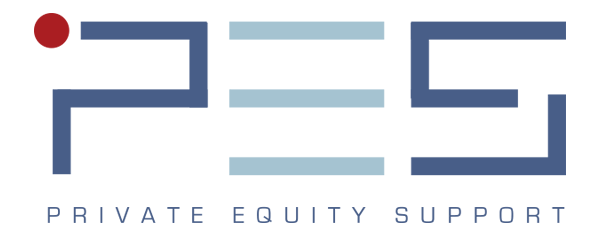Cash flow. It’s the magic potion that keeps your business alive and thriving. But for many SMEs, it can feel like a fickle friend, sometimes overflowing, sometimes barely a trickle. Here’s the good news: you can optimize your cash flow and avoid financial pitfalls with strategic planning and a few key maneuvers.

Understanding Cash Flow:
Cash flow simply refers to the movement of money in and out of your business. It’s not about your overall profit, but rather the available cash you have on hand to cover daily operations, investments, and unexpected expenses. Why is it so crucial? Because without a steady flow of cash, even profitable businesses can falter.
Strategies to Optimize Cash Flow:
- Master the Art of Invoicing: Issue invoices promptly and clearly outline payment terms. Offer early payment discounts to incentivize faster payments.
- Tighten Your Payment Cycle: Negotiate longer payment terms with suppliers whenever possible. This allows you to hold onto your cash for a bit longer.
- Track Inventory Closely: Excessive inventory ties up capital that could be used elsewhere. Implement just-in-time inventory management practices to minimize stock holding.
- Embrace Automation: Automating repetitive tasks like payroll and bill payments can free up valuable time and improve financial accuracy.
- Diversify Your Income Streams: Don’t rely solely on one customer or product. Explore new revenue streams to mitigate risk and smooth out cash flow fluctuations.
Avoiding Cash Flow Pitfalls:
- Overspending: Resist the urge to overspend on unnecessary equipment or projects, especially during slow periods. Prioritize cash flow and allocate funds strategically.
- Poor Receivables Management: Don’t let outstanding invoices pile up. Develop a system for chasing overdue payments efficiently.
- Unforeseen Expenses: Life (and business) happens. Build a buffer in your budget with an emergency fund to cover unexpected costs and prevent cash flow disruptions.
- Lack of Financial Forecasting: Predicting future cash flow needs is crucial. Analyze past data and market trends to create a realistic financial forecast that guides your business decisions.
- Ignoring Warning Signs: Cash flow problems often show subtle signs initially. Regularly monitor key financial metrics like accounts receivable and payable to identify potential issues early and address them proactively.
By implementing these strategies and avoiding common pitfalls, you can ensure a healthy cash flow – the lifeblood of any successful SME. Remember, cash flow management is an ongoing process. Regularly monitor your finances, adapt your strategies as needed, and watch your business flourish!
Need help with your cashflow? Reach out today for tailored assistance to elevate your business. Click here.


